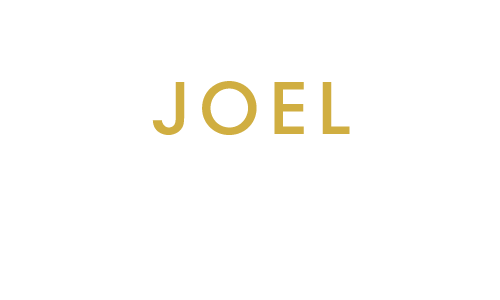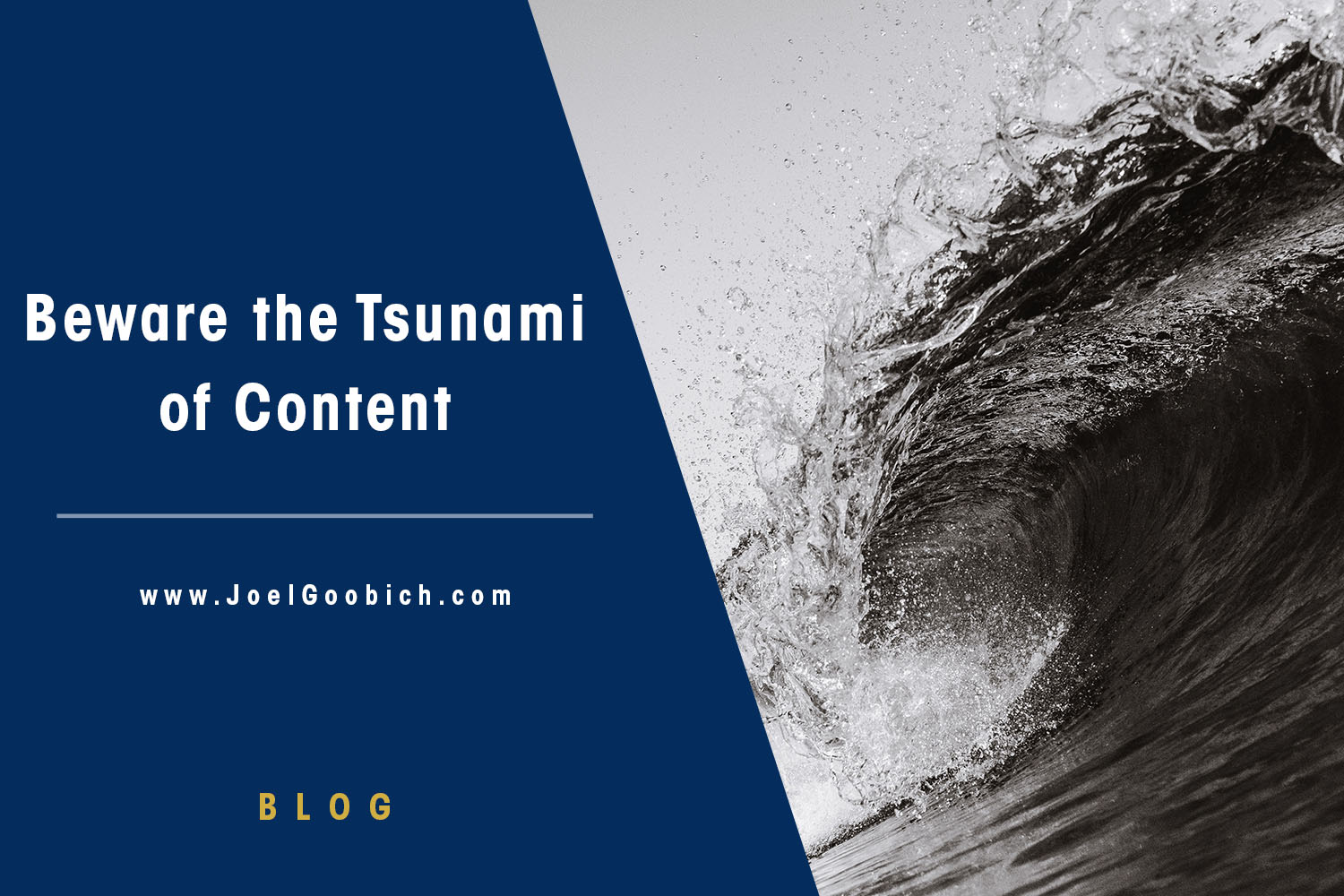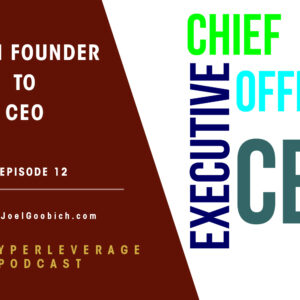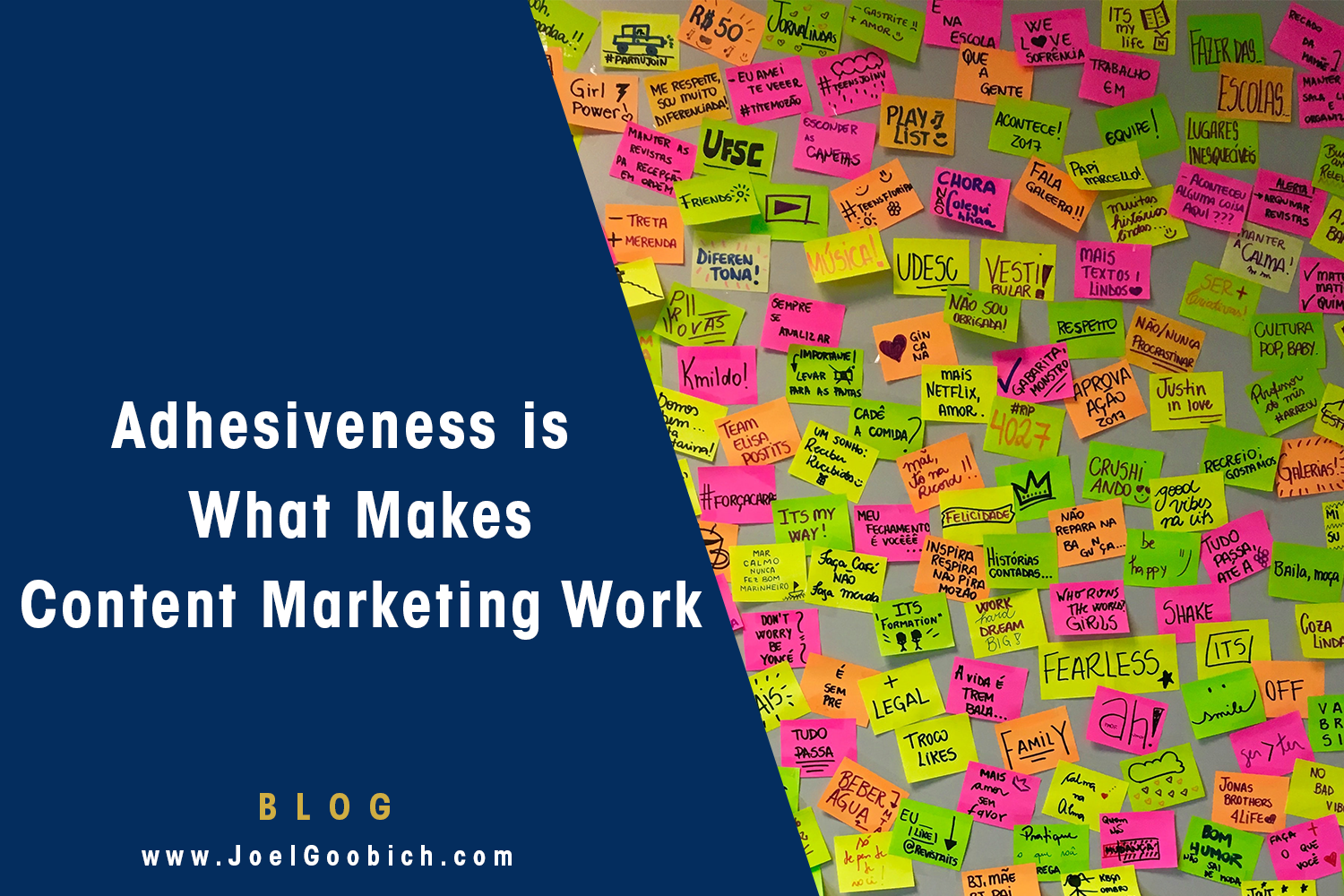Beware the Tsunami of Content
**4 Minute Read**
Reprinted from original article in Forbes.
Hunting for quality content online is like investigating a shipwreck at sea; people are forced to wade through piles of digital flotsam and jetsam with a sharp eye, hoping to spot a handful of shining gems.
Each day, the average person’s inbox is flooded with a tsunami wave of more than 120 emails, filled with content in an effort to grab our attention. Not all of that content is entertaining or valuable, let alone relevant to our lives.
That doesn’t mean we need to stop producing and sharing content. It’s undeniable that content is still king in the eyes of consumers. According to the Content Marketing Institute, “68% of top performers use content marketing to build a subscribed audience,” and 83% use it to nurture their audience.
As chief marketing officer (CMO) of Vestorly, a company that offers an artificial intelligence-powered content management engine, I know the importance of quality content and communicate it to our customers as part of our own content-driven marketing strategy. Content is more powerful than ever for building, engaging and retaining audiences, but the digital content landscape is flooded, making it harder for brands to unearth quality third-party content and share it above the noise.
Here’s how to stand out in a sea of content:
Build up an inventory of quality content.
Attracted by the potential returns of content marketing, some brands sacrifice quality in favor of producing or sharing a large amount of content on a frequent basis. Digital content is being created and reshared constantly, and not all of that content is worth the read. When competing in a crowded space, your content won’t hold consumer attention for long if it’s not high quality. Sharing low-quality content can even damage your brand’s reputation and weaken marketing efforts.
In order to engage consumers and client prospects, build up an inventory of quality content. A valuable content inventory should be made up of original content as well as pertinent third-party content that meets the audience’s interests. This means sifting through the digital waves to find excellent content, evaluating it for context and relation to readers, and adding a unique perspective to deliver real value to a target audience.
When seeking third-party content, an AI-powered content tool, like the one we offer, can identify current and evergreen content that can be incorporated to build up inventory, then sort the content based on topic and use. There are manual or simpler content discovery approaches to uncover quality third-party content as well. For example, you can identify relevant content to report by creating a series of simple Google Alerts based on keywords; by subscribing to leading online blogs, newsletters or e-zines that are specific to your industry or related product area; or by utilizing a business platform like LinkedIn to scan your feed for articles or other third-party posts.
Needless to say that this can be time-consuming. Creating original content that is of high quality and value to your existing target audience and beyond can be challenging for marketing departments that are limited in size. Similar to any other marketing initiative, it is imperative to identify clear objectives for the content. Does it align with customers’ needs? Does it enhance your brand authority? Does it provide tangible and actionable guidance?
Searching for and leveraging what others have already written about a topic and giving it your own personal voice and perspective is another pragmatic approach to developing quality content. Neil Patel expands on this suggestion in a comprehensive guide to many of the actionable best practices for writing quality blog posts.
But producing and finding top-tier content won’t be enough if no one ever sees it.
Ensure content doesn’t get dragged under the currents and is able to rise to the top.
In an ocean of emails, blog posts, infographics and videos, it’s difficult for audiences to notice (let alone engage with) content — even if it is relevant to their interests. This leaves quality content at risk of being dragged under the currents and lost in a sea of mediocre content, which ultimately means a low return on investment (ROI) for the time and resources put into building that content inventory, not to mention the lost opportunities for customer acquisition, retention and engagement.
While focusing on quality is the first piece of the puzzle, successful brands are those with a strategy for raising their content to surf atop the waves. This means connecting the right content with the appropriate segments of your audience by sharing it at the right times across the channels where they spend time. Surfacing content to the top requires an understanding of your target audience’s internet habits, including their favorite digital platforms, the types of content they prefer to consume on each channel and the times of day they most frequently engage with content online.
The effective use of content for marketing purposes is an ongoing endeavor that requires monitoring. This underscores the importance of having a strategy that includes a clear objective and how one can measure and assess whether the goals are being achieved. This is especially critical when content is being distributed via multichannel avenues such as website blogs, social media, public relations or as magnets for lead generation. Typical key performance indicators (KPIs) include monitoring clicks to specific URLs, the number of impressions, which keywords are driving engagement and time spent on the page. To fully leverage a quality content campaign, these metrics should be evaluated and adjusted on a monthly, if not biweekly, basis.
Key Takeaways
In short, if you want your content to surf above the tsunami of content and not be swept underneath, you need to employ a regine of HyperLeverage to create and implement a strategy based on quality that delivers the right content to the right person at the right time.






